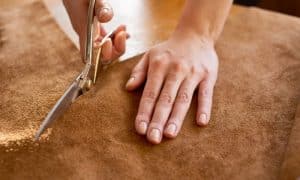No products in the cart.
Return to shop
A Guide to Different Types of Leather for Craft Projects
Looking to try your hand at crafting with leather? First, you must understand your materials. Here’s a guide to different types of leather for craft projects.


